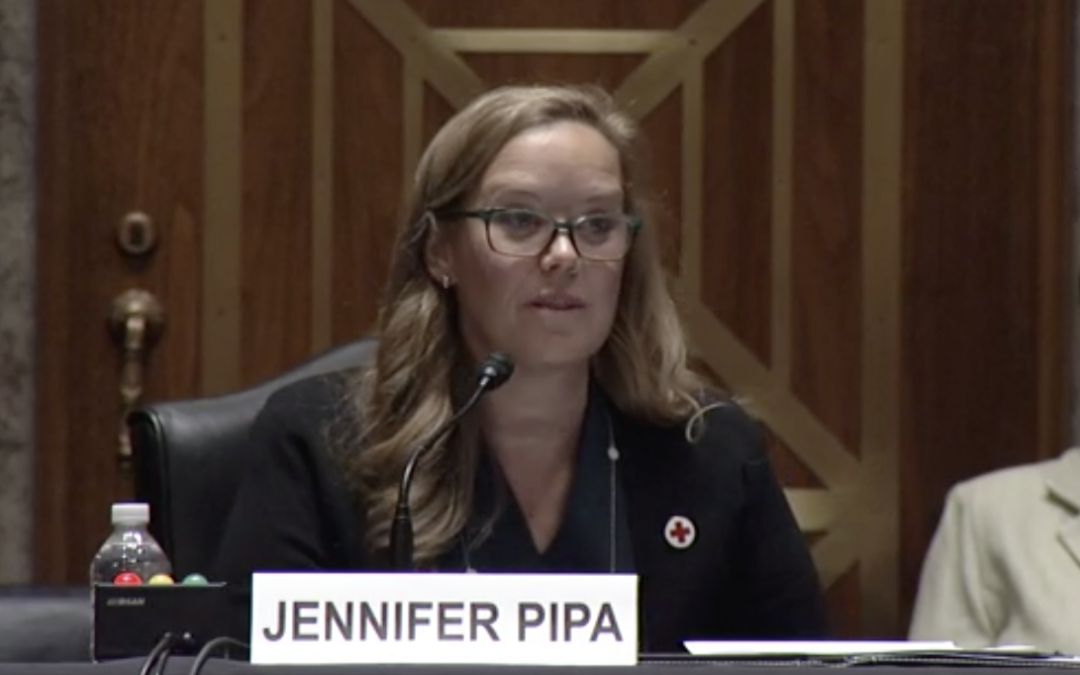WASHINGTON —In order to curb the effects of extreme weather events, emergency management leaders said Wednesday that the federal government needs to increase state and local funding for natural disaster preparedness and simplify the Federal Emergency Management Administration’s preparedness and mitigation procedures.
The Senate Committee on Homeland Security and Governmental Affairs met to discuss the worsening threats of natural disasters just a day before the House was expected to vote on the $1 trillion bipartisan infrastructure bill, which currently includes funding for natural disaster mitigation and relief programs.
If passed, the bill would allocate $1 billion to FEMA’s Building Resilient Infrastructure and Communities Program and $3.5 billion to the agency’s Flood Mitigation assistance program over five years. According to Democratic Chairman Sen. Gary Peters, the legislation would also provide $500 million to the STORM Act, which funds hazard mitigation projects.
Jerry Hancock, executive director of the Michigan Stormwater Floodplain Association and Stormwater and Floodplain Programs coordinator for Ann Arbor, Michigan, said increased funding for floodplain mapping and flood insurance data collection is crucial to reducing the impacts of floods. Making data publicly available may allow individuals to better prepare and reduce damages of extreme weather events, he said.
State and local governments also need to invest in climate resilient infrastructure —a task communities would be better prepared to do with data on future flood conditions, Hancock said.
“When buildings are built, they’re not just built for today, but for decades. To plan for a safe building based on what happened in the past might not make that building safe in the future,” Hancock said. “We’re building infrastructure for the future.”
Sima Merick, president of the National Emergency Managers Association and executive director of the Ohio Emergency Management Agency, said in addition to increased funding, allowing states to use federal funds across all disaster relief could ensure quicker relief and recovery. When the money is limited to a specific disaster, she said states have less reason to close out disasters quickly because they want to use as much of the funding as possible.
Federal disaster programs are complex, slow and bureaucratic, she said, and in order for states to help communities, FEMA and state governments need to create more clear and accessible procedures. Expanding the reach of disaster relief programs also requires collaboration between government, nonprofit organizations, community groups and religious institutions, said Jennifer Pipa, vice president of disaster programs at the American Red Cross.
Pipa said climate change-related extreme weather events will continue to increase in frequency and intensity, disproportionately impacting communities of color and individuals who are low-income, elderly and disabled.
Peters introduced legislation to establish the Office of Equal Rights and Community Inclusion at FEMA in May 2020.
“Too many of our most vulnerable communities do not have equal access to this vital assistance,” he said. “I look forward to continuing that effort to ensure that no matter when or where disaster strikes, help will be readily available.”


